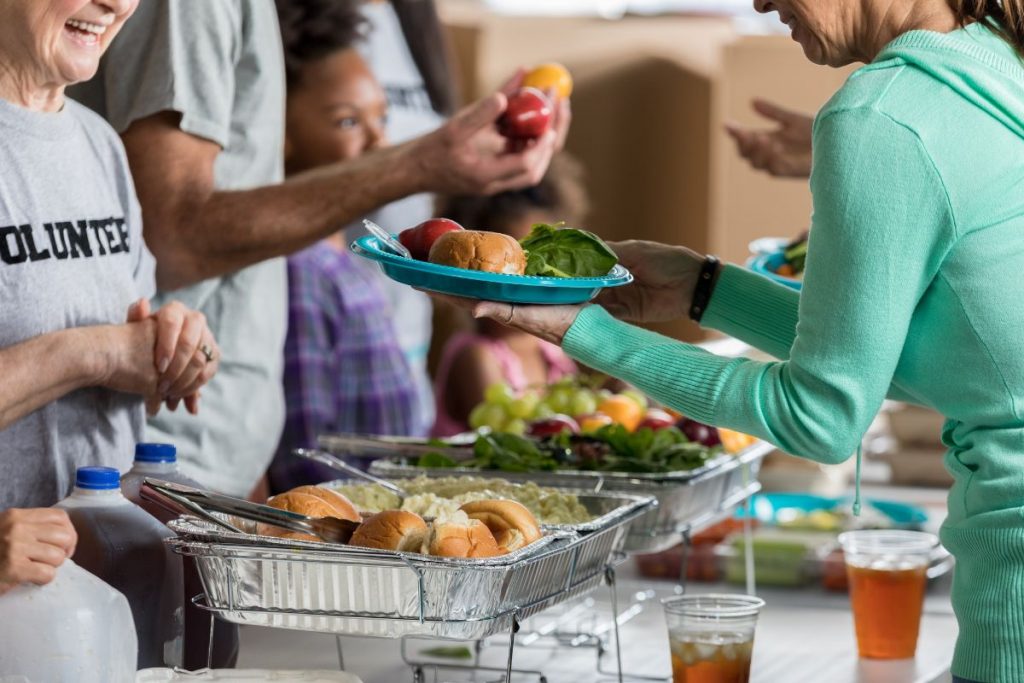All The Different Types of Homeless Shelters

Published March 26, 2024
Homelessness is a complex issue that affects individuals and families worldwide. In response to this pressing need, various types of homeless shelters have been established to support and assist those experiencing homelessness. Each type of shelter serves a unique purpose and caters to specific segments of the homeless population.
In this article, we will explore the different types of homeless shelters and their respective roles in addressing the needs of homeless individuals and families.
Types of Homeless Shelters
1. Youth Shelters
Youth shelters are designed to provide temporary housing and support services for young people without stable accommodation. These shelters often offer specialized programs tailored to the unique needs of homeless youth, including education and job training opportunities.
2. Women’s Shelters
Women’s shelters are dedicated to providing a haven for women who are homeless or fleeing from domestic violence. These shelters offer a supportive environment where women can access counseling, legal assistance, and childcare services.
3. Emergency Shelters
Emergency shelters serve as immediate, short-term solutions for individuals experiencing homelessness. These shelters offer basic amenities such as food, shelter, and hygiene facilities, providing a crucial lifeline for those needing assistance.
4. Transitional Housing
Transitional housing programs aim to help individuals and families transition from homelessness to permanent housing. Residents receive support in developing essential life skills, accessing employment opportunities, and securing stable housing arrangements.
5. Family Shelters
Family shelters are specifically designed to accommodate parents and their children who are experiencing homelessness. These shelters offer a supportive environment that considers the unique needs of families, including childcare facilities and family-oriented support services.
6. Permanent Supportive Housing
Permanent supportive housing provides long-term accommodation and ongoing support services for individuals who have experienced chronic homelessness and may have additional needs, such as mental health support or substance abuse treatment.
7. Wet Shelters
Wet shelters are a type of homeless shelter that allows individuals with alcohol or substance use disorders to access shelter and support services, even if they are under the influence. These shelters prioritize harm reduction and aim to connect individuals with necessary resources without imposing sobriety requirements.
8. Winter Shelters
Winter shelters offer a safe and warm environment where individuals can seek refuge, access hot meals, receive warm clothing, and find respite from the extreme cold. The primary goal is to prevent weather-related harm and provide a lifeline for those who may not have secure housing during winter.
9. Veteran Shelters
A veteran shelter is a specialized facility designed to provide housing and support services tailored to the unique needs of military veterans experiencing homelessness. These shelters are dedicated to assisting individuals who have served in the armed forces and may be facing challenges related to transitioning to civilian life, mental health issues, substance abuse, or other factors contributing to their housing instability.
Veteran shelters often offer safe and stable housing and comprehensive support, including access to healthcare, counseling, job training, and assistance in navigating the complex network of veterans’ benefits and resources.
10. Domestic Violence Shelters
A domestic violence shelter is a secure and confidential refuge that provides temporary housing and comprehensive support services to individuals, primarily women and their children, who are fleeing domestic violence and abuse. These shelters offer a haven for survivors, aiming to protect them from further harm and provide the necessary resources to begin healing and recovery.

What are the 3 levels of homelessness?
The classification of homelessness into primary, secondary, and tertiary levels is a framework often used in the context of public health and healthcare systems to categorize the needs and complexities of individuals experiencing homelessness.
1. Primary Homelessness
This level refers to individuals living on the streets, in shelters, or in temporary accommodations. These individuals lack a fixed, regular, and adequate nighttime residence.
2. Secondary Homelessness
Secondary homelessness encompasses individuals who frequently move from one temporary shelter to another, including emergency accommodation, without establishing stable, independent housing. They may seek short-term housing solutions but struggle to secure long-term stability.
3. Tertiary Homelessness
Tertiary homelessness involves individuals who are living in accommodation that falls below minimum community standards, such as boarding houses or severely overcrowded dwellings. These individuals often face challenges that hinder their access to suitable housing options.
Final Thoughts
The existence of diverse types of homeless shelters reflects the multifaceted nature of homelessness and the varied needs of individuals and families experiencing housing instability. By understanding the distinct roles of each shelter type, communities can work towards implementing comprehensive support systems that address the complex challenges associated with homelessness and strive to create pathways to stability and self-sufficiency for those in need.
Donate To The Poor & Homeless Of South Florida
Our Father’s House Soup Kitchen has fed the poor and homeless in South Florida over 900,000 hot meals since 1993. Our tax deductible non profit organization also accepts and distributes donations such as clothing, toiletries, shoes, bicycles, and more. You can donate to help the poor and homeless through our website.

Reviewed For Factual Accuracy
Our team meticulously fact-checks all website content before publishing. Discover more about our website’s editorial standard here and the dedication we uphold.

About The Author
Meet writer Rei Bayucca, a graduate of Saint Louis University. Prepare to delve into insightful articles tailored to solve your most pressing problems. Rei has the knack for captivating you with expertly crafted content that will leave you craving more.
Correct Digital, Inc is paid by private donors to provide website digital marketing services to this non-profit organization.





